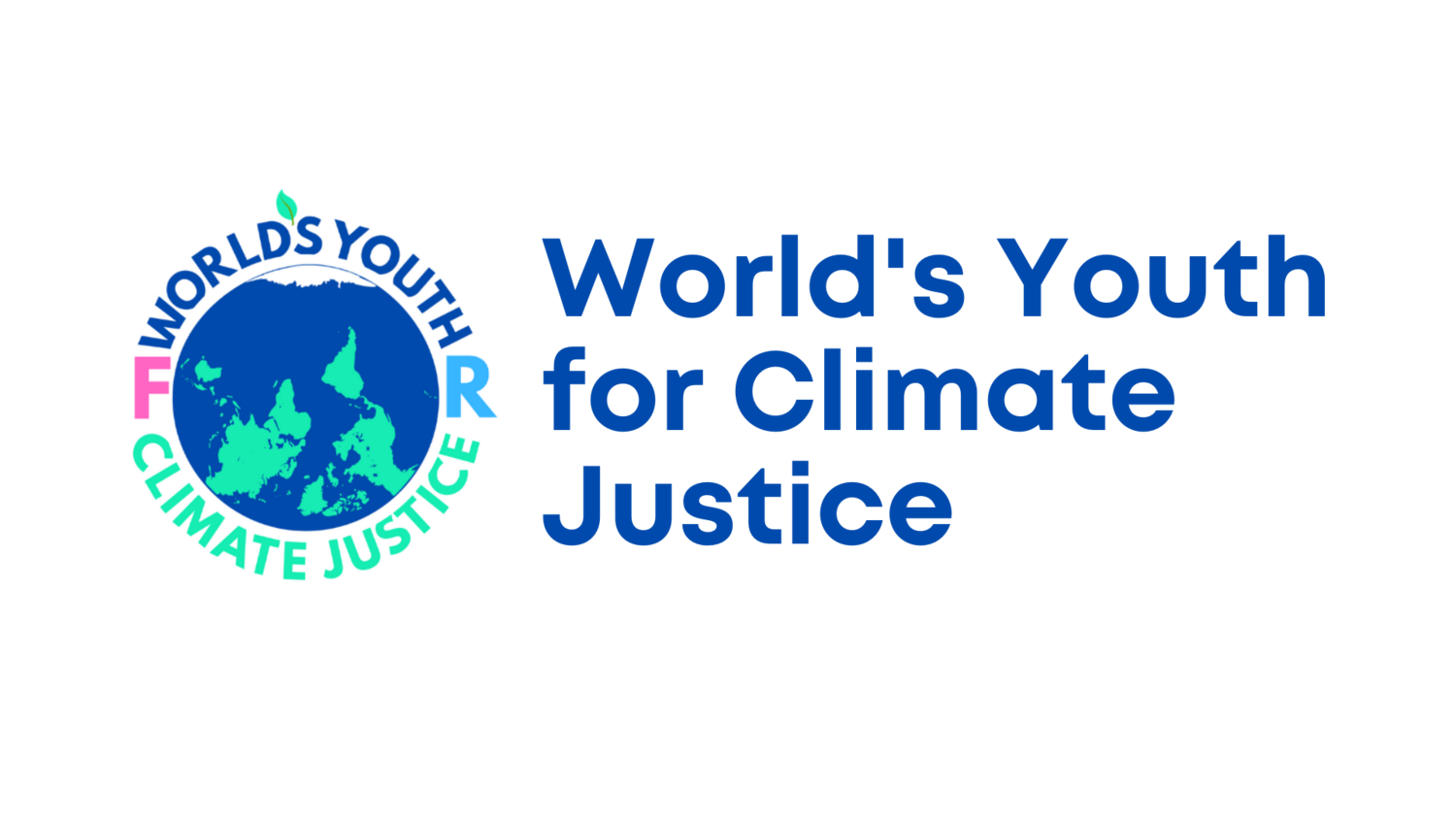
We are at COP30
Courts have spoken.
Governments must act.
1.5C is the legal red line.
Our Ambition for COP30 – Belém, Brazil
On July 23rd, 2025, the International Court of Justice (ICJ) issued its historic advisory opinion on climate change. The Court confirmed that States have legal obligations to act urgently in the face of the climate crisis, protect human rights, support vulnerable communities, and that those obligations create legal consequences.
This landmark opinion strengthens international cooperation under the UNFCCC and, in particular, the Paris Agreement. The ruling holds all States to a high standard of action that must effectively keep the global temperature below 1.5°C. Climate action is not only a moral duty: it’s a legal one.
As the world marks 10 years since the Paris Agreement, World’s Youth for Climate Justice will bring this momentum to COP30, where ambition must rise to meet science and the law. After years of youth advocacy that helped make the ICJ climate ruling possible, we will join the negotiations with this powerful new tool in hand.
Events at COP30
-
Global Guidance, National Duty: International Courts Empower Brazil’s Legal Response to Climate Change
Date: 12 Nov. 2025, 15:00-16:30 UTC-3
Location: Goals House, Belém
-
Climate Mobility Pavilion side-event: Protecting the Right to Stay – Securing the Right to Move: Towards a Comprehensive Climate Mobility Agenda
Date: 12 Nov. 2025, 10:00-11:00 UTC-3
-
Mandate for All: The Legal and Civic Imperative to Confront the Climate Crisis” with Pace Law, IUCN-AIL and FGV Rio Law
Date: 12 Nov. 2025, 15:30 UTC-3
-
Climate Mobility Pavilion side-event: Right to Stay, Right to Move: Turning the ICJ & IACtHR Climate Opinions into Dignified Climate Mobility Pathways
Date: 13 Nov. 2025, 13:00-14:00 UTC-3
-
COP30 German Pavilion Side-Event
Date: 13 Nov. 2025, 16:30 - 17:30 UTC-3
-
COP30 C&Y Pavilion Side-Event: Protecting the Rights of Future Generations: a Youth Perspective on How International Legal Tools Can Achieve Climate Justice
Date: 14 Nov. 2025, 12:10 – 12:55 UTC-3
-
Climate Law and Governance Capacity: Delivering Climate Justice from Baku to Belém
Date: 17 Nov. 2025, 18:30-20:00 UTC-3
Location: Side Event Room 8
-
COP30 WHO Pavilion Side-Event - Youth, Health, and Climate Action: Leveraging the ICJ Advisory Opinion to Address Climate harms
Date: 18 Nov. 2025, 12:00-13:00 UTC-3
-
COP30 Indonesian Pavilion Side-Event
Date: 18 Nov. 2025, 16:10-17:40 UTC-3
-
RtHE Environment
Date: 19 Nov. 2025, 11:30-13:00 UTC-3
Location: Room 5
Resources
-
Leveraging the ICJ Climate Ruling at COP30 to Unlock Ambition and Advance Accountability
A Pocket Guide for Negotiators and Allies
-
Key Messages on the ICJ Advisory Opinion and COP30
Our Team at COP30
-

Samira Ben Ali, Campaigns Lead
Email: samira@wy4cj.org
-
Mariana Campos Vega, Latin-America Front Coordinator
Email: mariana@wy4cj.org
-

Nicole Ponce, Advocacy Lead
Email: nicole@wy4cj.org
-

Henrieke Bünger, Europe Front Coordinator
Email: henrieke@wy4cj.org
-
Jule Schnakenberg, Executive Director
Email: jule@wy4cj.org


